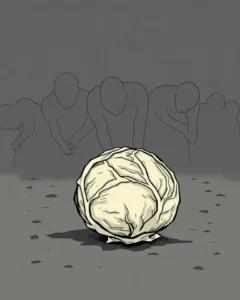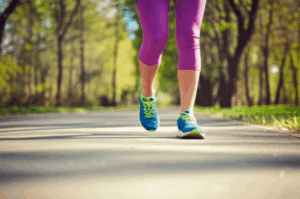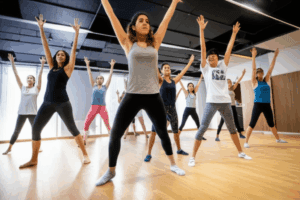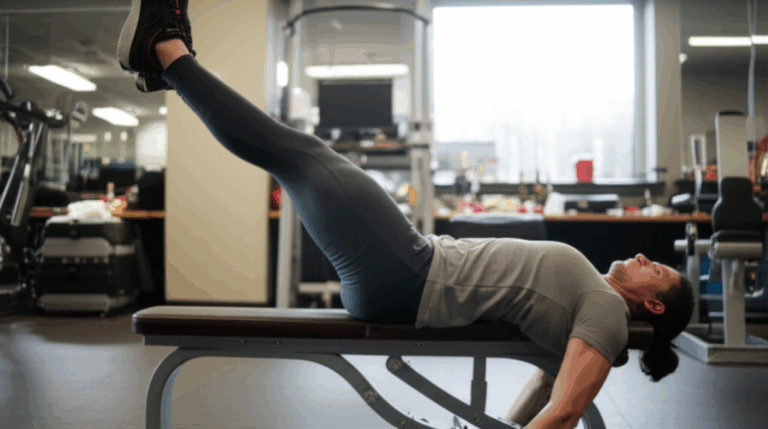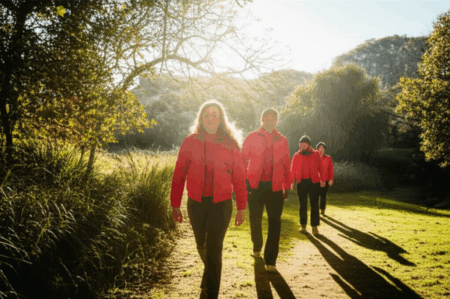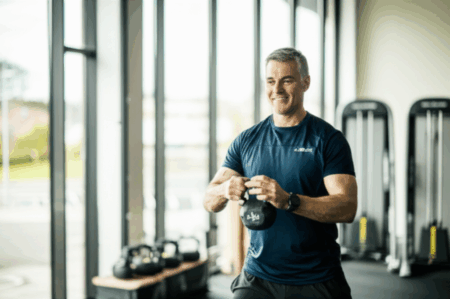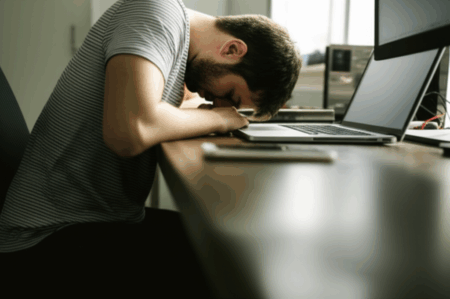Lower back pain can often feel like an unwelcome guest that never leaves. While many exercises target the core, one often-overlooked exercise deserves a spot in your routine: the reverse hip raise. This exercise can strengthen the muscles that support your lower back without putting unnecessary strain on your spine or knees.
Understanding Lower Back Pain
Lower back pain is a widespread issue, affecting a significant portion of the adult population. It can stem from various factors, including:
- Weak Muscles: Weakness in the glutes, hamstrings, and lower back muscles can contribute to lower back pain.
- Poor Posture: Slouching or incorrect posture while sitting or standing can strain the lower back muscles.
- Lack of Exercise: Insufficient physical activity can lead to weakened core and back muscles, increasing the risk of pain.
- Muscle Imbalances: Imbalances between different muscle groups can cause undue stress on the lower back.
- Injury: травми, such as sprains, strains, or more severe conditions, can lead to lower back pain.
The Underrated Exercise: Reverse Hip Raise
The reverse hip raise, also known as reverse leg lift or prone hip extension, is a powerful exercise that targets the glutes, hamstrings, and lower back. It’s a great way to strengthen these muscles without putting a ton of pressure on the spine or the knees. According to Ani Oksayan, a certified personal trainer, reverse hip raises are excellent for boosting hip mobility and building overall posterior chain strength, which is essential for athletic performance and everyday movements.
Benefits of Reverse Hip Raises
- Strengthens the Posterior Chain: Reverse hip raises target the glutes, hamstrings, and erectors in the lower back, building strength in the entire posterior chain.
- Improves Hip Mobility: This exercise can help improve hip mobility, which is crucial for preventing lower back pain and improving athletic performance.
- Enhances Core Stability: By engaging the core muscles, reverse hip raises can improve core stability, which is essential for supporting the spine.
- Accessible for Beginners: As a bodyweight exercise, reverse hip raises are accessible for beginners and can be modified to suit different fitness levels.
- Balances the Core: Unlike many core exercises that focus on moving the torso forward, reverse hip raises engage the back muscles, helping to balance out the body.
How to Perform a Reverse Hip Raise
Here’s how to do a reverse hip raise correctly:
- Starting Position: Lie face down on a bench, with your hips at the edge of the bench and your legs extended off the bench behind you. Gently hold onto either side of the bench with your elbows bent and hands by your head.
- Engage Core and Glutes: Engage your core and squeeze your glutes as you lift both legs until they’re in line with the body, keeping the legs straight, but not locked in the knees.
- Hold: Hold the legs briefly at the top, continuing to maintain tension in the glutes.
- Lower: Slowly and with control lower the legs, without letting them drop all the way to the floor.
Common Mistakes to Avoid
- Using Momentum: Avoid using momentum to swing your legs up, as this can reduce the effectiveness of the exercise and increase the risk of injury.
- Locking Knees: Keep your knees straight but not locked to prevent strain on the joints.
- Arching Back: Avoid arching your back during the exercise, as this can put excessive pressure on the spine.
- Dropping Legs: Don’t let your legs drop all the way to the floor, as this can reduce the tension on the glutes and hamstrings.
Modifications and Progressions
- Beginner Modification: If you’re new to this exercise, start by performing it on the floor without a bench.
- Progression: To make the exercise more challenging, you can add ankle weights or use a resistance band around your ankles.
Other Effective Exercises for Lower Back Pain
While the reverse hip raise is an excellent exercise, it’s essential to incorporate a variety of exercises to target different muscle groups and promote overall back health. Here are some other effective exercises for lower back pain:
Core Strengthening Exercises
A strong core is essential for supporting the spine and preventing lower back pain. Core exercises help to stabilize the spine, improve posture, and reduce strain on the lower back muscles.
- Plank: The plank is an isometric exercise that engages multiple core muscles, including the rectus abdominis, transverse abdominis, and obliques. To perform a plank, start in a push-up position, then bend your arms and support your body with your forearms. Keep your hips, legs, and torso in a straight line while tightening your abdominal and glute muscles.
- Bird Dog: The bird dog exercise is a dynamic exercise that improves core stability and coordination. Start on all fours, with your hands directly under your shoulders and your knees directly under your hips. Engage your core and raise your right arm and left leg simultaneously, keeping your back straight. Hold for a few seconds, then return to the starting position and repeat with the opposite arm and leg.
- Dead Bug: The dead bug exercise is a core-strengthening exercise that improves stability and coordination. Lie on your back with your arms extended towards the ceiling and your legs bent at 90 degrees. Lower one arm to the ground and lower your opposite leg at the same time, keeping your abdominals stiff and your lower back pressed against the ground.
- Bridges: Bridges engage the glutes, hamstrings, and core muscles, which helps to stabilize the spine and reduce lower back pain. Lie on your back with your knees bent and feet flat on the floor. Engage your core and lift your hips off the floor, squeezing your glutes at the top.
Stretching and Mobility Exercises
Stretching and mobility exercises can help to improve flexibility, reduce muscle tension, and alleviate lower back pain. Gentle stretches can increase blood flow to the lower back muscles, promoting healing and reducing stiffness.
- Cat-Cow: The cat-cow stretch is a gentle exercise that improves spinal flexibility and reduces tension in the back muscles. Start on your hands and knees, with your hands directly under your shoulders and your knees directly under your hips. Inhale as you drop your stomach towards the floor, arching your back and looking up to the ceiling (cow pose). Exhale as you pull your belly button towards your back, rounding your back upwards and dropping your head towards the floor (cat pose).
- Child’s Pose: Child’s pose is a relaxing stretch that can help to relieve tension in the lower back, hips, and shoulders. Start on your hands and knees, then push your hips back onto your heels, lowering your upper body between your knees and stretching your arms along the floor above your head.
- Knee-to-Chest Stretch: The knee-to-chest stretch is a gentle stretch that can help to relieve lower back pain and improve flexibility. Lie on your back with your knees bent and your feet flat on the floor. Pull one knee towards your chest, holding it with both hands, and gently press it towards your chest until you feel a stretch in your lower back.
- Hamstring Stretch: Tight hamstrings can contribute to lower back pain, so stretching them regularly is essential. Lie on your back with one leg bent and the other leg extended towards the ceiling. Use a towel or strap to gently pull the extended leg towards your chest until you feel a stretch in your hamstring.
Low-Impact Aerobic Exercises
Low-impact aerobic exercises can improve cardiovascular health and increase circulation to the lower back muscles, which helps to alleviate stiffness and pain.
- Walking: Walking is a simple and effective way to stay active without stressing your lower back.
- Swimming: Swimming provides full-body movement with minimal impact on the spine.
- Cycling: Cycling is a low-impact exercise that can improve cardiovascular health and strengthen the leg muscles.
Yoga and Tai Chi
Yoga and Tai Chi are mind-body practices that can improve flexibility, strength, and balance while reducing stress and pain.
- Yoga: Yoga involves a combination of physical postures, breathing techniques, and meditation, which can help to relieve lower back pain and improve overall well-being.
- Tai Chi: Tai Chi is a gentle, flowing exercise that improves balance, coordination, and muscle strength while promoting relaxation.
Exercises to Avoid
While exercise is generally beneficial for lower back pain, certain exercises can aggravate the condition and should be avoided.
- Sit-ups: Sit-ups can put a lot of pressure on the discs in your spine.
- Leg Lifts: Lifting both legs together while lying on your back is very demanding on your core and can worsen back pain if your core is weak.
- Toe Touches: Standing toe touches put greater stress on the discs and ligaments in your spine and can overstretch lower back muscles and hamstrings.
- High-Impact Activities: Running, jumping, or heavy lifting can increase strain on your back and worsen pain.
- Twisting Movements: Avoid exercises that involve twisting your spine, such as certain yoga poses or golf swings, which can worsen discomfort.
Additional Tips for Managing Lower Back Pain
- Maintain Proper Posture: Practice good posture while sitting, standing, and lifting to reduce strain on your lower back.
- Lift Properly: When lifting heavy objects, bend at the knees and hips, not at the waist, and keep the object close to your body.
- Maintain a Healthy Weight: Excess weight can put additional stress on your lower back.
- Get Enough Sleep: Getting enough restorative sleep is essential for the body’s tissues to heal and recharge energy levels.
- Manage Stress: Stress can contribute to muscle tension and pain, so it’s essential to find healthy ways to manage stress, such as meditation, yoga, or spending time in nature.
- Apply Cold and/or Heat: Applying cold packs and/or hot packs to your lower back can help to reduce pain and inflammation.
When to Seek Professional Help
While exercise and self-care strategies can effectively manage lower back pain, it’s essential to seek professional help if your pain persists or worsens. Consult a doctor or physical therapist if:
- Your pain doesn’t improve after a few weeks of self-care.
- Your pain is severe or debilitating.
- You experience numbness, tingling, or weakness in your legs or feet.
- You have bowel or bladder problems.
- You have a fever or other signs of infection.
Conclusion
Lower back pain can be a challenging condition, but incorporating the reverse hip raise and other appropriate exercises into your routine can help strengthen your back, improve your mobility, and alleviate pain. Remember to listen to your body, maintain proper form, and consult a healthcare professional if you have any concerns. With the right approach, you can unlock your back’s potential and enjoy a healthier, pain-free life.

